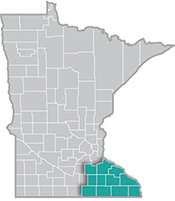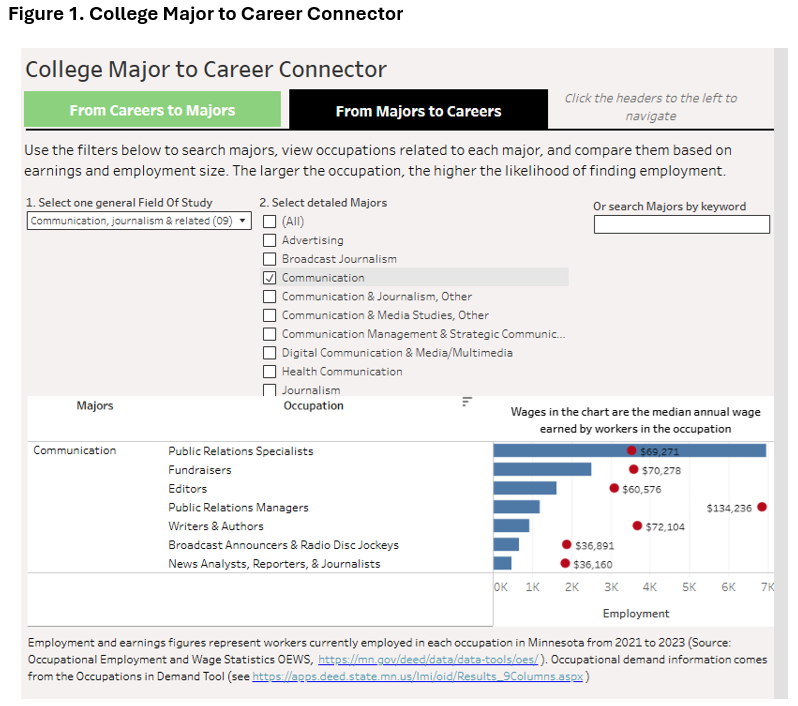 Southeast Minnesota is a health care and agricultural powerhouse. The region is home to the renowned Mayo Clinic and some of the world's most recognized food companies and brands.
Southeast Minnesota is a health care and agricultural powerhouse. The region is home to the renowned Mayo Clinic and some of the world's most recognized food companies and brands.
Advanced manufacturing is especially strong here, with machinery, chemicals, and electronics among the top products.
Want the freshest data delivered by email? Subscribe to our regional newsletters.
It's that time of year again – back to school season.
8/27/2025 10:52:56 AM
Amanda Blaschko
It's that time of year again – back to school season. Whether you're in high school thinking about college or your future career, pursuing higher education or considering a return to school after a break, this blog is for you. Making informed decisions about your education is crucial, as these choices can significantly impact your future career outcomes and earnings. Here are some insights and resources for anyone exploring education and career options.
College shouldn't be your primary career exploration tool. While some exploration is inevitable while in college – you'll learn new things and discover interesting classes – doing research beforehand can save you significant time and money. If you don't know where to start, try the O*NET Interest Profiler, an online assessment developed by the U.S. Department of Labor that measures your interests and tells you how well they match up to various career options.
From there, our Career & Education Explorer allows you to explore different occupations with wage, demand and job opening data at the regional level in Minnesota.
Once you've identified some programs of interest, understanding what that major can prepare you for after graduation is essential. Two data tools can help you gather this information. First, the College Major to Career Connector tool shows which careers are associated with specific majors. For example, on the "From Majors to Careers" tab, if you select "Communication, Journalism & Related" and then choose the Communication major, you can see potential occupations tied to that field, as well as median annual wages and employment numbers for each occupation in Minnesota (Figure 1).

Second, the Graduate Earnings & Cost Calculator helps you determine if expected post-graduation earnings are sufficient to cover student loan payments along with typical living costs. It also shows which majors lead to higher earnings, how quickly earnings grow in the first six years after graduation, and how earnings compare across different school types within the same major.
High wages do not matter if there are few job openings in your desired living area. For example, if you have ever considered being a Marine Biologist, you'll find that job opportunities are extremely limited in Minnesota. Instead, you can use the Employment Outlook and Job Vacancy Survey data tools to check job availability and expected employment growth in your area before choosing a major or career.
Your future doesn't have to be left to chance. While following your interests is important, combining passion with practical labor market information leads to better outcomes. These tools give you the data you need to make confident choices about your educational path and future career.
For more information about career exploration in Southeast Minnesota, contact Amanda Blaschko at Amanda.Blaschko@state.mn.us.